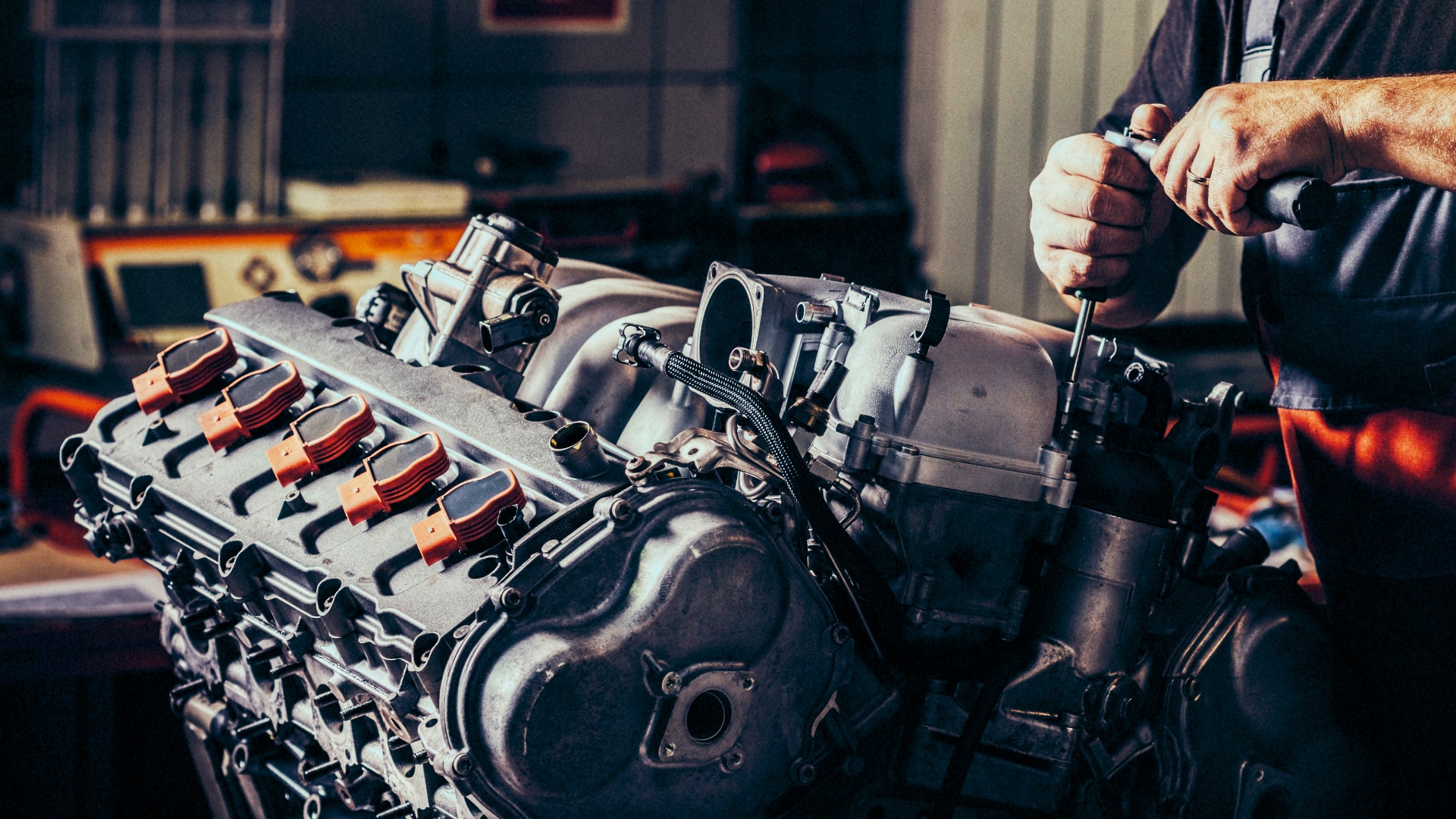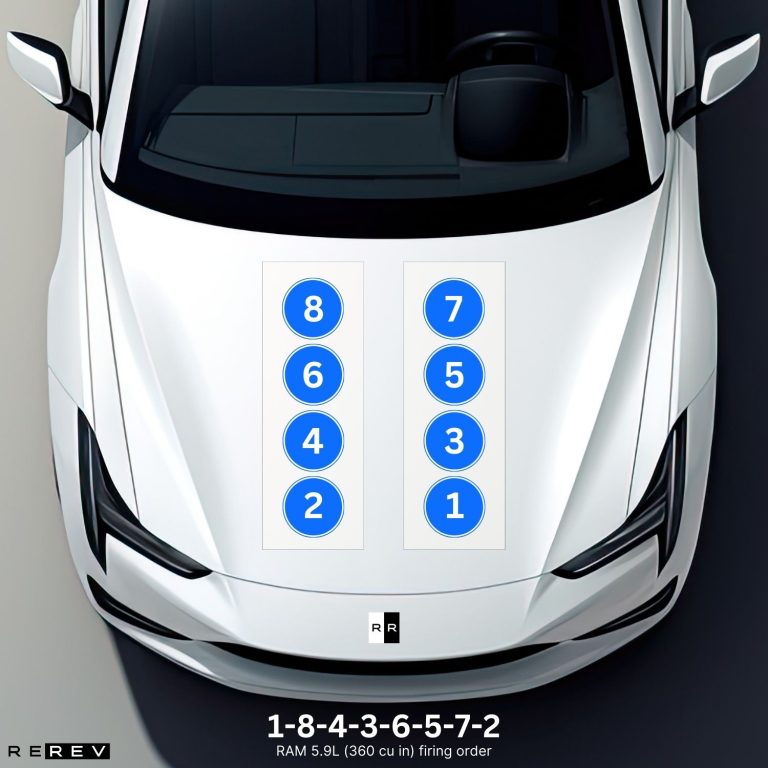RAM 5.9L (360 cu in) firing order — diagram & guide
Boosting engine performance with the RAM 5.9L firing order.

Among all the beloved RAM V8 engines, the 5.9-liter LA engine proved to be among the best and most reliable ones. However, the engine has a few flaws which make the RAM 5.9L (360 cu in) firing order even more important.
Even so, owners of these trucks are often confused since there’s also a 5.9-liter Cummins diesel engine, and the firing orders for these two aren’t the same. That’s why our team will shed some light on the matter in this guide, as well as give you a few tips on the cylinder configuration of both engines.
RAM 5.9L V8 firing order
The biggest difference between the two RAM engines with the 5.9-liter displacement is the cylinder configuration. While the petrol engine is a V8, the diesel one is a straight-six. So, the RAM 5.9L V8 firing order is 1-8-4-3-6-5-7-2.
It’s significantly different from the diesel engine and we’ll also compare the differences in the firing orders as well as the cylinder layouts for both to make things simpler for you.
RAM 5.9L Cummins firing order
The next key thing is to note that the RAM 5.9L Cummins firing order is 1-5-3-6-2-4, which is a common pattern for Cummins diesel engines. This one has a straight-six configuration which is a unique one in today’s automotive world.
Unlike the petrol V8, it has a different induction system and doesn’t have spark plugs. Still, you can use the firing order of this one to also check the cylinders even though there are no spark plugs that could go bad. In this case, the engine’s oil consumption can be checked which is a common concern for Cummins diesel powertrains.
RAM 5.9L cylinder diagram

Another major difference between these two engines is the cylinder configuration. The V8 5.9L comes with two cylinder banks and cylinders 1, 3, 5, and 7 on the driver’s side. The passenger’s side bank includes cylinders 2, 4, 6, and 8.
On the other hand, the Cummins diesel engine is a straight-six, which means the cylinders go from 1 to 6 in a straight line. The first cylinder is on the left end of the engine and the cylinders spread left to right.
RAM 5.9L vehicle applications
Finally, we have to give you the list of models using both the V8 and the Cummins 5.9L engine to ensure you’ll use the right firing order. We’ll focus on the V8 petrol engine first, so here’s a list of all the vehicles using that one:
- RAM 1500
- RAM Wagon
- RAM Van
- Plymouth Voyager
- Dodge Charger
- Dodge Dart
- Dodge Coronet
As you can see, the LA V8 engine wasn’t only used by RAM trucks, and the Cummins diesel was used by the RAM 1500 and RAM 2500.
Our take
Since both the RAM LA V8 and the Cummins diesel engines proved to be quite reliable, we had to clear things up with our guide. Hopefully now after reading it, you’ll be able to see through the differences between the two and apply the suitable firing order for your vehicle model.